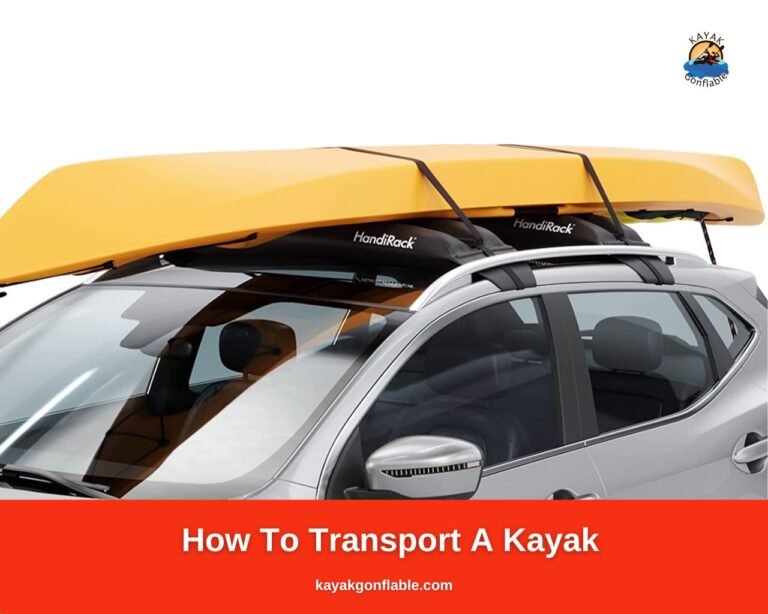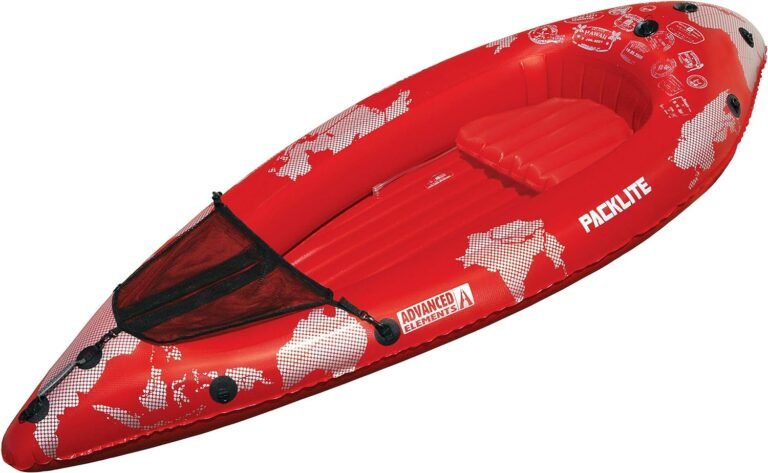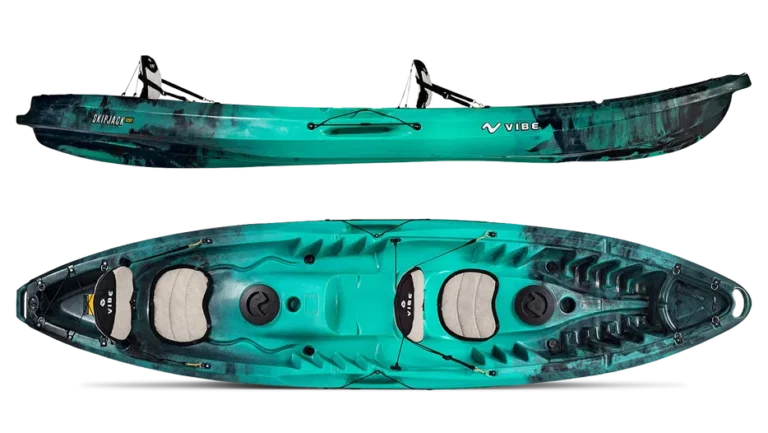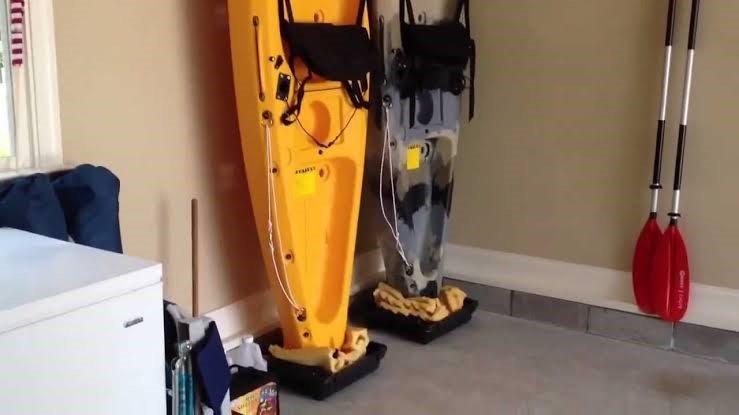Are Inflatable Kayaks Durable?

Inflatable kayaks are quite portable, durable, and easy to store. These kayaks are constructed from durable materials like PVC, Hypalon, or Nitrylon. Unlike traditional hard-shell kayaks, inflatable kayaks can be inflated and deflated, making them incredibly portable and suitable for various water activities.
When it comes to kayak selection, durability is a critical factor to consider, because it directly impacts the kayak’s lifespan, safety, and overall performance. A durable kayak can withstand the stresses of water adventures, including your encounters with rocks, branches, and other obstacles out on the water.
Setting up an kayak inflable is relatively quick and straightforward. Most models come with inflatable seats and pumps for easy assembly. kayaks inflables are incredibly portable, as they can be deflated and packed into a compact carry bag. This makes them ideal for travelers, campers, and adventurers who lack storage space or vehicle roof racks.
They’re also easy to store. Unlike hardshell kayaks, kayaks inflables don’t require a dedicated storage space. They can be stored in a closet, garage, or even a small apartment. They are generally more budget-friendly than hardshell kayaks, making them accessible to a broader range of users.
Are Inflatable Kayaks Durable?
Yes, kayaks inflables are durable, but this is dependent on multiple factors such as the materials used to construct the kayak, and how the kayak is used and maintained. The average, well-used, and properly maintained kayak inflable will last anywhere from 5 – 10 years.
Materials Used In The Making of Inflatable Kayaks
1. Nitrylon: Nitrylon is a durable material used in the construction of inflatable kayaks. It is resistant to abrasion, punctures, and UV damage. Nitrylon kayaks are a preferred option due to their rigidity in rugged conditions.
2. PVC (Cloruro de polivinilo): PVC is a common choice for inflatable kayaks as well. This is due to its durability and affordability. It is known for its resistance to abrasion and UV rays, making it a good fit for various kayaking environments.
3. hipalon: Hypalon is a synthetic rubber compound. It offers exceptional durability, resistance to punctures, and UV resistance. Hypalon kayaks tend to be more expensive but are known for their longevity.
Factors Influencing The Durability of Inflatable Kayaks
The durability of inflatable kayaks is not solely dependent on their construction, but also on their various external factors and how they are used and maintained.
Intensity of Use
The intensity of your kayaking plays a significant role in kayak durability. Recreational paddling in calm waters is generally gentler on the kayak than kayak de aguas bravas. Choose an inflatable kayak that matches your intended use to ensure it can withstand the conditions you’ll encounter.
Extreme Temperatures:
- Cold Weather: Extremely cold temperatures can make the kayak’s material more brittle, increasing the risk of damage. In cold climates, ensure proper storage in a dry and sheltered environment.
- Hot Weather: Some inflatable kayaks are sensitive to extreme heat. Extreme heat may soften the material from which the kayak was constructed, making it more susceptible to puncture. Avoid leaving the kayak inflated in direct sunlight on scorching days to prevent deformation.
Exposición a UV Radiation:
Prolonged exposure to ultraviolet (UV) radiation from the sun can reduce the quality of the materials of inflatable kayaks over time.
UV rays may cause the fabric to become brittle, fade in color, and lose its strength. To stop UV damage, consider using UV-resistant cubiertas para kayaks or storing the kayak in the shade when not in use.
Water Types (Saltwater vs. Freshwater)
- Saltwater: Frequent exposure to saltwater can accelerate the wear and corrosion of metal components, such as zippers and D-rings on your kayak. Rinse the kayak thoroughly with fresh water after use in saltwater to prevent salt buildup and corrosion. Dry properly before storage.
- Freshwater: While freshwater is less corrosive than saltwater, proper cleaning and maintenance are still essential to prevent mold and mildew growth on your inflatable kayak. Dry properly before storage.
Frequency of Inflation and Deflation
Frequent inflation and deflation can put stress on the kayak’s seams and valves. Follow the manufacturer’s guidelines for proper inflation pressure and techniques to minimize wear and tear. If possible, invest in an electric pump designed for inflatable kayaks to reduce the strain on valves.
Best Practices For Prolonging the Life of Your Inflatable Kayak
- Handle Your Kayak Gently: Handle your inflatable kayak with care to prevent punctures or tears. Avoid dragging the kayak over rough surfaces or sharp objects.
- Avoid Direct Sunlight: Limit prolonged exposure to direct sunlight, as UV rays can weaken the kayak’s material. Use a UV-resistant cover or store the kayak in the shade when not in use.
- Inflate Your Kayak Properly: Follow the manufacturer’s recommended inflation pressure to prevent over-inflation or under-inflation, which can lead to damage or reduced performance.
- Prevent Abrasion: Use caution when launching and landing the kayak to avoid scraping it against rocks, docks, or other hard surfaces. Consider using kayak skegs or fins to protect the kayak’s bottom.
Durability is a fundamental necessity, not just merely a desirable trait when choosing inflatable kayaks. A durable kayak ensures your safety while out kayaking, provides lasting fun, and preserves the environment by reducing the need for frequent replacements as in hardshell kayaks.






